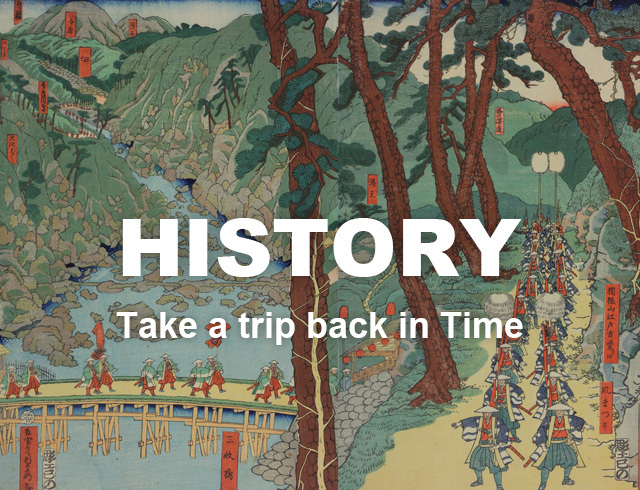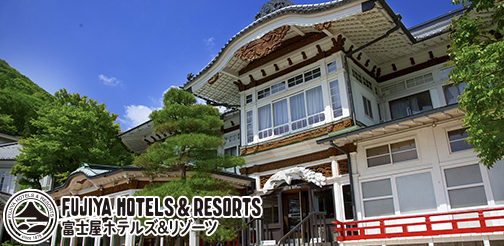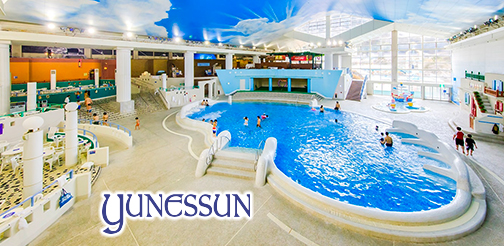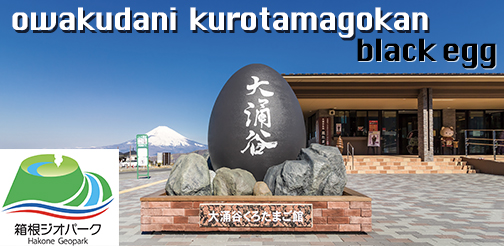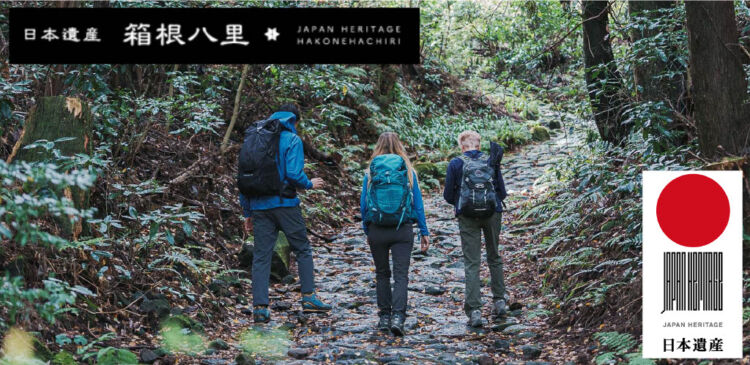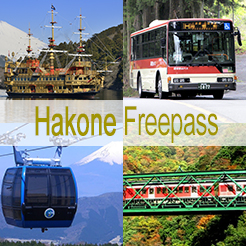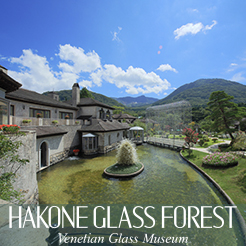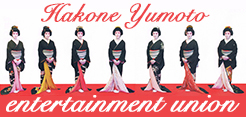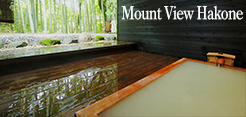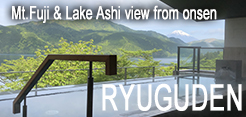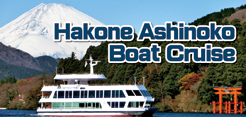If Lake Ashi is the natural symbol of Hakone, then Hakone Shrine is its spiritual hub. According to legend, this Shinto shrine was founded in 757 CE by Mangan Shonin, a priest engaged in ascetic practices who is said to have erected a simple lakeside sanctuary to the deities of the nearby mountains that had been worshiped in this region since antiquity. The shrine’s influence grew during the Kamakura period (1185–1333), after Minamoto no Yoritomo (1147–1199) sought refuge there after defeat in his first battle against the ruling Taira family. Yoritomo eventually vanquished the Taira and established the Kamakura shogunate, which was to last for almost 150 years.
Not one to forget how Hakone Shrine had provided refuge in time of need, Yoritomo and his successors continued to make regular pilgrimages there, inspiring their retainers to follow suit. By the time the Edo period began in 1603, the shrine’s power had grown considerably, and when the new Tokugawa shogunate sought to establish a checkpoint along the Tokaido highway passing quite close to the shrine precincts, the priests were able to effectively resist the plan. Ultimately the barrier was built a significant distance further down the road. Popular belief in the powers of the shrine remained strong through the late Edo period (late eighteenth century to 1867), when a change in official policy allowed people traveling along the Tokaido highway between Edo (present-day Tokyo) and Kyoto to part from the road for one night only, making it possible to offer prayers at the shrine on their way.
Today, the shrine precincts include several noteworthy structures. Among these is the main hall, rebuilt in 1936 after it was destroyed in a fire; an annex of Kuzuryu Shrine, which honors the nine-headed dragon deity known as the protector of Lake Ashi; and the bright red Heiwa no Torii (“Torii of Peace”), built by the lakeside in 1952 to commemorate the Treaty of San Francisco that ended the Allied occupation of Japan.
This English-language text was created by the Japan Tourism Agency.

